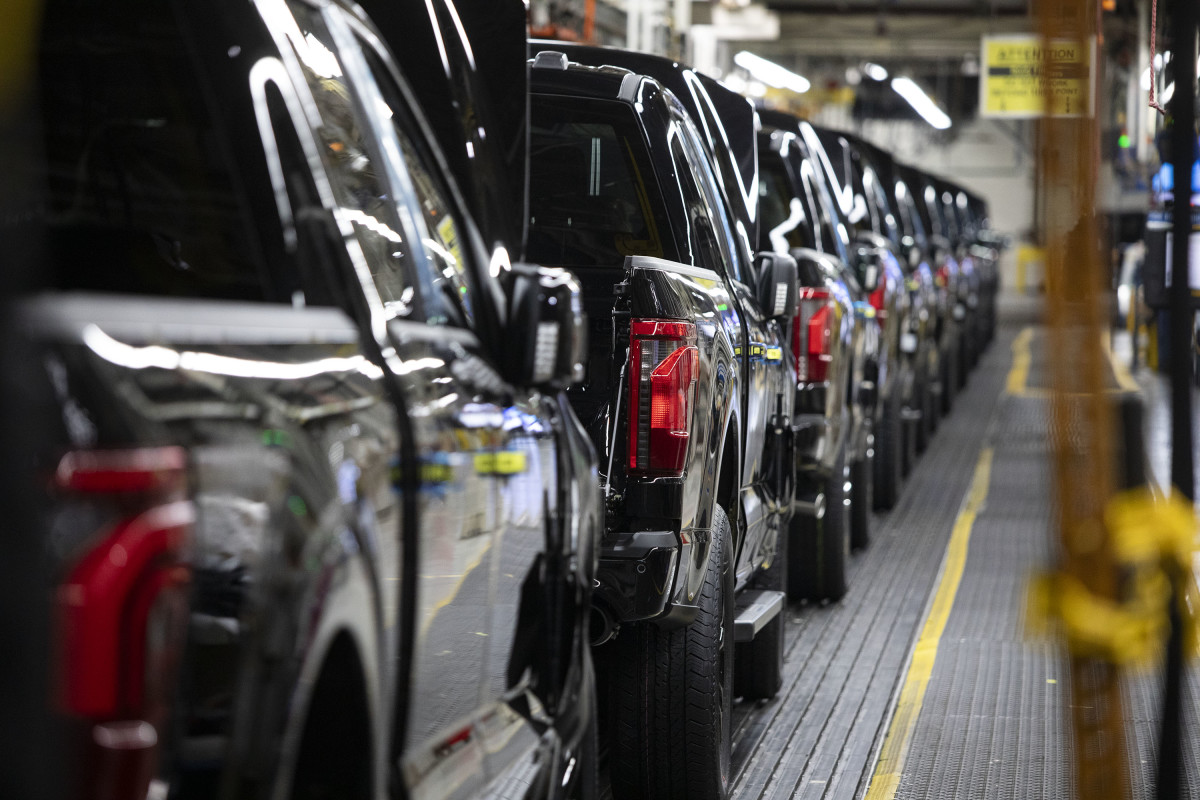+of+DTN+LOGOS+WHITE+BLUE.jpg) Source: DTN News - - This article compiled by Roger Smith from reliable sources
Source: DTN News - - This article compiled by Roger Smith from reliable sources(NSI News Source Info) WASHINGTON - September 20, 2010: The US military remains committed to building a new long-range bomber but will take a "cautious" approach to avoid costly disasters from pas t weapons programs, the Air Force's top official said Monday.
t weapons programs, the Air Force's top official said Monday.
The "long-range strike" project also will be focused mainly on delivering conventional rather than nuclear weapons, Air Force Secretary Michael Donley said.
While the Air Force was "confident" about the need to develop a new way to strike at a long-distance, it was mindful of past mistakes in bomber programs plagued by delays and cost overruns, he said.
"We approach the issue with both confidence and caution," Donley told the Air Force Association.
"Cautious not to repeat the painful experience of previous Air Force bomber programs: narrowly focused capabilities, high risk technologies, and high costs contributing to affordability problems, leading to program cancellations, or low inventories," he said.
His comments reinforced warnings from Defense Secretary Robert Gates, who has vowed to streamline how the Pentagon operates to free up money for urgent needs and vital weapons.
In a press conference after his speech, Donley cited problems with the F-111, B-1 and B-2 bombers, and said the Air Force wanted to rely on proven, existing technologies instead of breaking new ground for the next generation bomber.
He said the fleet would need to be large enough to last over a 30-year period, unlike the B-2 bomber fleet that ended up much smaller than hoped due to high costs.
 t weapons programs, the Air Force's top official said Monday.
t weapons programs, the Air Force's top official said Monday.The "long-range strike" project also will be focused mainly on delivering conventional rather than nuclear weapons, Air Force Secretary Michael Donley said.
While the Air Force was "confident" about the need to develop a new way to strike at a long-distance, it was mindful of past mistakes in bomber programs plagued by delays and cost overruns, he said.
"We approach the issue with both confidence and caution," Donley told the Air Force Association.
"Cautious not to repeat the painful experience of previous Air Force bomber programs: narrowly focused capabilities, high risk technologies, and high costs contributing to affordability problems, leading to program cancellations, or low inventories," he said.
His comments reinforced warnings from Defense Secretary Robert Gates, who has vowed to streamline how the Pentagon operates to free up money for urgent needs and vital weapons.
In a press conference after his speech, Donley cited problems with the F-111, B-1 and B-2 bombers, and said the Air Force wanted to rely on proven, existing technologies instead of breaking new ground for the next generation bomber.
He said the fleet would need to be large enough to last over a 30-year period, unlike the B-2 bomber fleet that ended up much smaller than hoped due to high costs.
Twenty B-2s are operated by the United States Air Force. The cost of each aircraft averaged US$737 million in 1997 dollars. Total procurement costs averaged US$929 million per aircraft, which includes spare parts, equipment, retrofitting, and software support. The total program cost, which includes development, engineering and testing, averaged US$2.1 billion per aircraft (in 1997 dollars).
Donley also said the long-range platform could be an aircraft or a missile, and that nothing had been ruled out while military planners review various studies on the project.
The Air Force would unveil more details for the program in the proposed budget for fiscal year 2012, he said.
Donley also said the long-range platform could be an aircraft or a missile, and that nothing had been ruled out while military planners review various studies on the project.
The Air Force would unveil more details for the program in the proposed budget for fiscal year 2012, he said.



















I just want to say thank you for the information that you have been shared. Just keep on posting the same great post.
ReplyDeleteAirforce News Zone